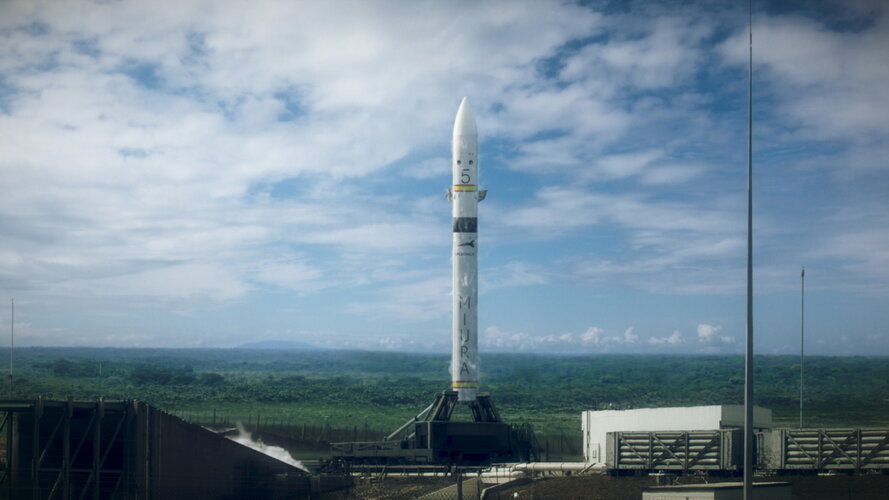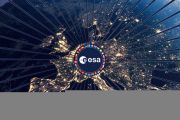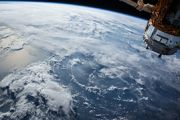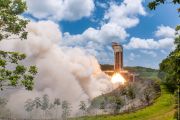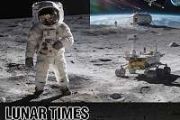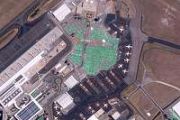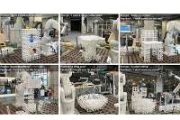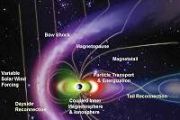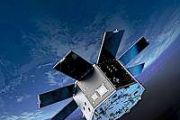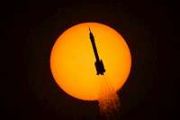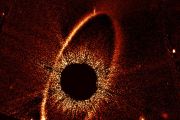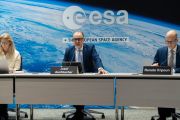
Copernical Team
U.S. Space Force Emphasizes Collaboration in Addressing Rising Space Domain Challenges
 In a recent gathering at the Air and Space Forces Association's Warfare Symposium, leaders from the U.S. Space Force (USSF) and U.S. Space Command (USSPACECOM) cast a spotlight on the pivotal role of partnerships in countering the burgeoning threats in space, particularly from global competitors like China and Russia. Lt. Gen. Douglas Schiess, commander of U.S. Space Forces - Space, and Lt. Gen.
In a recent gathering at the Air and Space Forces Association's Warfare Symposium, leaders from the U.S. Space Force (USSF) and U.S. Space Command (USSPACECOM) cast a spotlight on the pivotal role of partnerships in countering the burgeoning threats in space, particularly from global competitors like China and Russia. Lt. Gen. Douglas Schiess, commander of U.S. Space Forces - Space, and Lt. Gen. The place to film 'space'
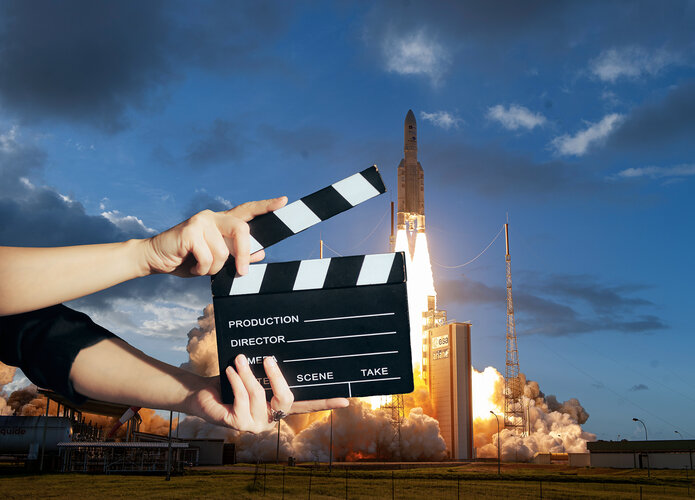
It's 'Lights, camera and... action!' for ESA as the agency launches Film ESA, a dedicated film location guide.
ERS-2 spotted by other satellites during descent
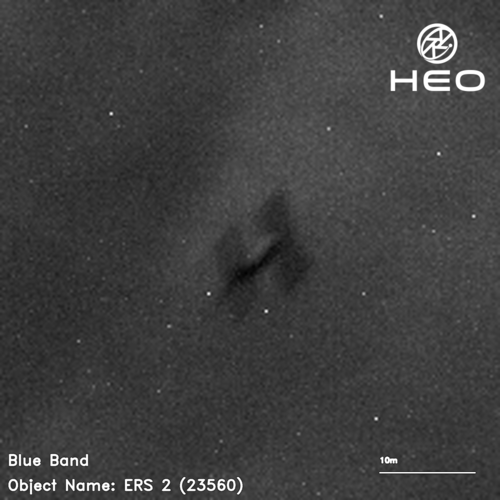
Mars' volcanic activity suggests Early crust recycling
 In a groundbreaking study led by Professor Joseph Michalski of The University of Hong Kong (HKU), new light has been shed on the volcanic landscape of Mars, revealing a complexity and diversity previously unrecognized. This research, recently published in Nature Astronomy, delves into the mechanisms behind Martian volcanism and its implications for understanding the geological history of Earth a
In a groundbreaking study led by Professor Joseph Michalski of The University of Hong Kong (HKU), new light has been shed on the volcanic landscape of Mars, revealing a complexity and diversity previously unrecognized. This research, recently published in Nature Astronomy, delves into the mechanisms behind Martian volcanism and its implications for understanding the geological history of Earth a Mavenir Demonstrates Successful NB-IoT Data Call Over Ligado's SkyTerra Satellite Network
 In a significant advancement for IoT connectivity, Mavenir, the forward-thinking network software provider, has announced the successful completion of a pioneering mobile data call in collaboration with Ligado Networks, a leader in Mobile Satellite Services in North America. This achievement marks a pivotal moment in the integration of Narrowband IoT (NB-IoT) Non-Terrestrial Network (NTN) techno
In a significant advancement for IoT connectivity, Mavenir, the forward-thinking network software provider, has announced the successful completion of a pioneering mobile data call in collaboration with Ligado Networks, a leader in Mobile Satellite Services in North America. This achievement marks a pivotal moment in the integration of Narrowband IoT (NB-IoT) Non-Terrestrial Network (NTN) techno Unprecedented observation of magnetar glitches provides new insights into fast radio bursts
 In a breakthrough observation, two of NASA's X-ray telescopes, the Neutron Star Interior Composition Explorer (NICER) aboard the International Space Station and the Nuclear Spectroscopic Telescope Array (NuSTAR) in low Earth orbit, have offered unprecedented insights into the enigmatic fast radio bursts (FRBs) originating from deep space. This observation, focusing on a specific FRB from a known
In a breakthrough observation, two of NASA's X-ray telescopes, the Neutron Star Interior Composition Explorer (NICER) aboard the International Space Station and the Nuclear Spectroscopic Telescope Array (NuSTAR) in low Earth orbit, have offered unprecedented insights into the enigmatic fast radio bursts (FRBs) originating from deep space. This observation, focusing on a specific FRB from a known Can astronomers use radar to spot a cataclysmic asteroid?
 How can humans protect the Earth from "devastating asteroid and comet impacts?" According to the National Academies and their 2023-2032 Planetary Science and Astrobiology Decadal Survey, ground based astronomical radar systems will have a "unique role" to play in planetary defense.
There is currently only one system in the world concentrating on these efforts, NASA's Goldstone Solar System
How can humans protect the Earth from "devastating asteroid and comet impacts?" According to the National Academies and their 2023-2032 Planetary Science and Astrobiology Decadal Survey, ground based astronomical radar systems will have a "unique role" to play in planetary defense.
There is currently only one system in the world concentrating on these efforts, NASA's Goldstone Solar System NASA Invests in Research to Secure the Future of Space and Lunar Operations
NASA seeks candidates for yearlong simulated Mars mission
 NASA said Friday it is seeking applicants for a simulated yearlong Mars mission.
The second of three planned ground-based missions under the Crew Health and Performance Exploration Analog (CHAPEA) program is slated for spring 2025.
The mission involves four crew members living and working inside a 1,700-square-foot, 3D-printed base at NASA's Johnson Space Center in Houston.
NASA said Friday it is seeking applicants for a simulated yearlong Mars mission.
The second of three planned ground-based missions under the Crew Health and Performance Exploration Analog (CHAPEA) program is slated for spring 2025.
The mission involves four crew members living and working inside a 1,700-square-foot, 3D-printed base at NASA's Johnson Space Center in Houston. 
